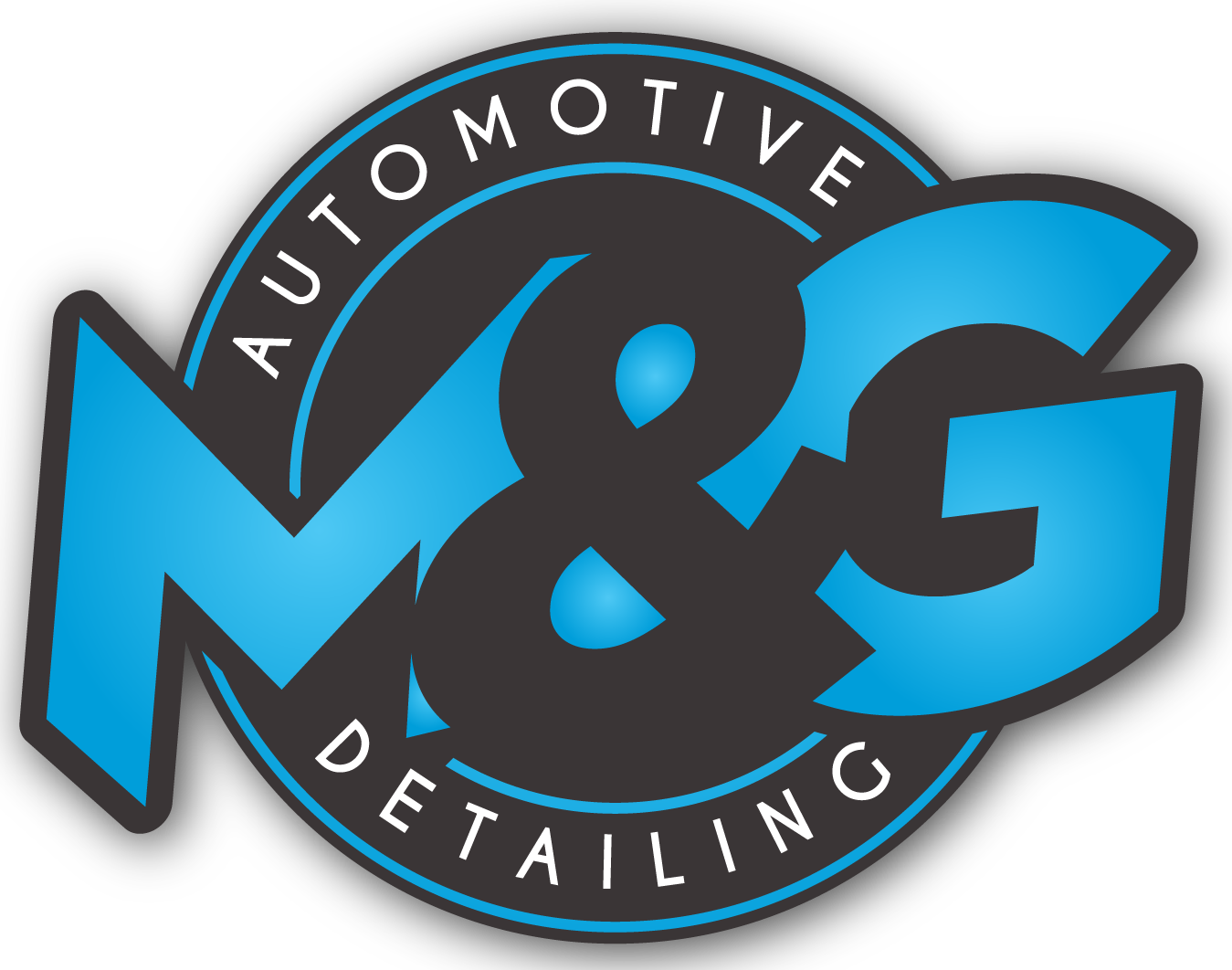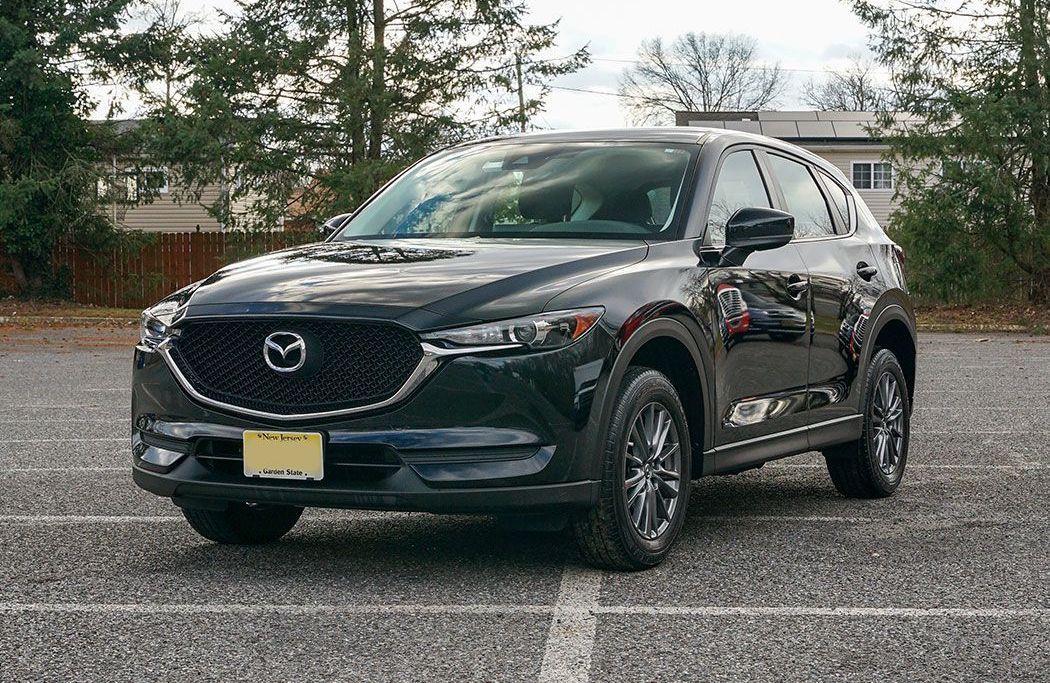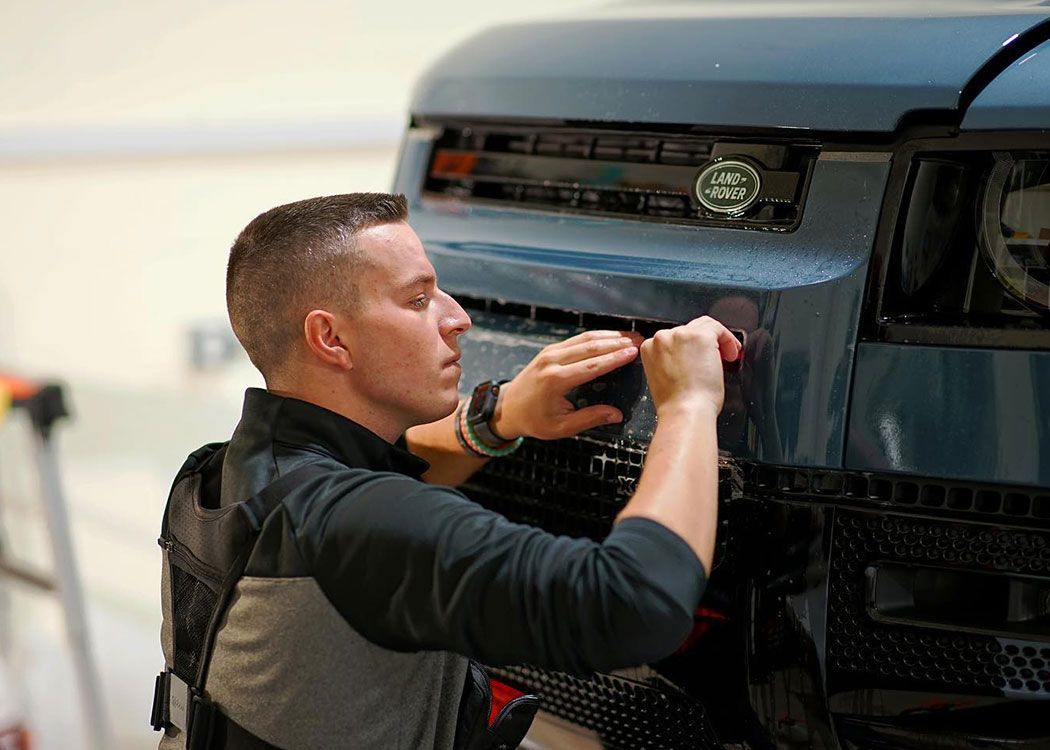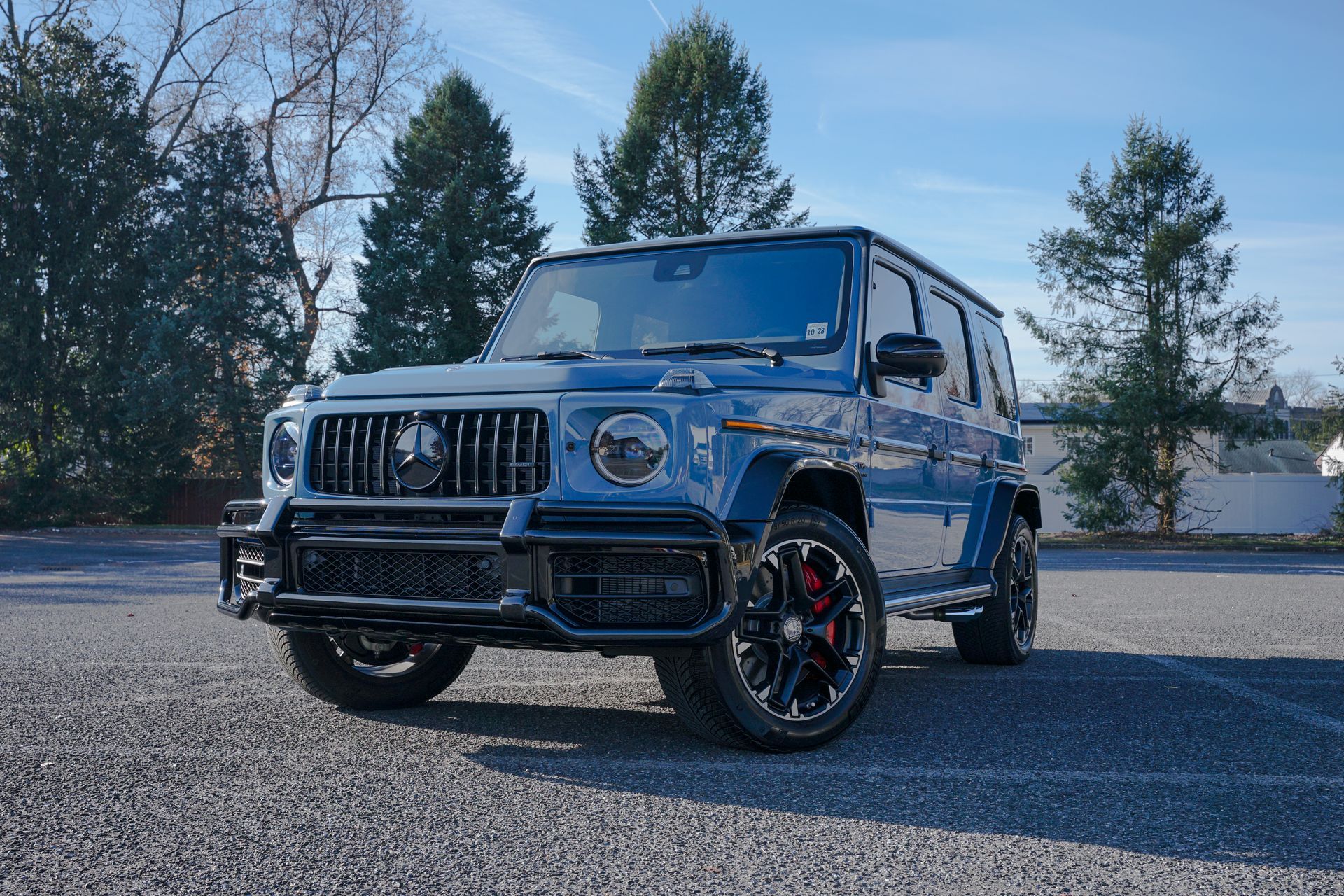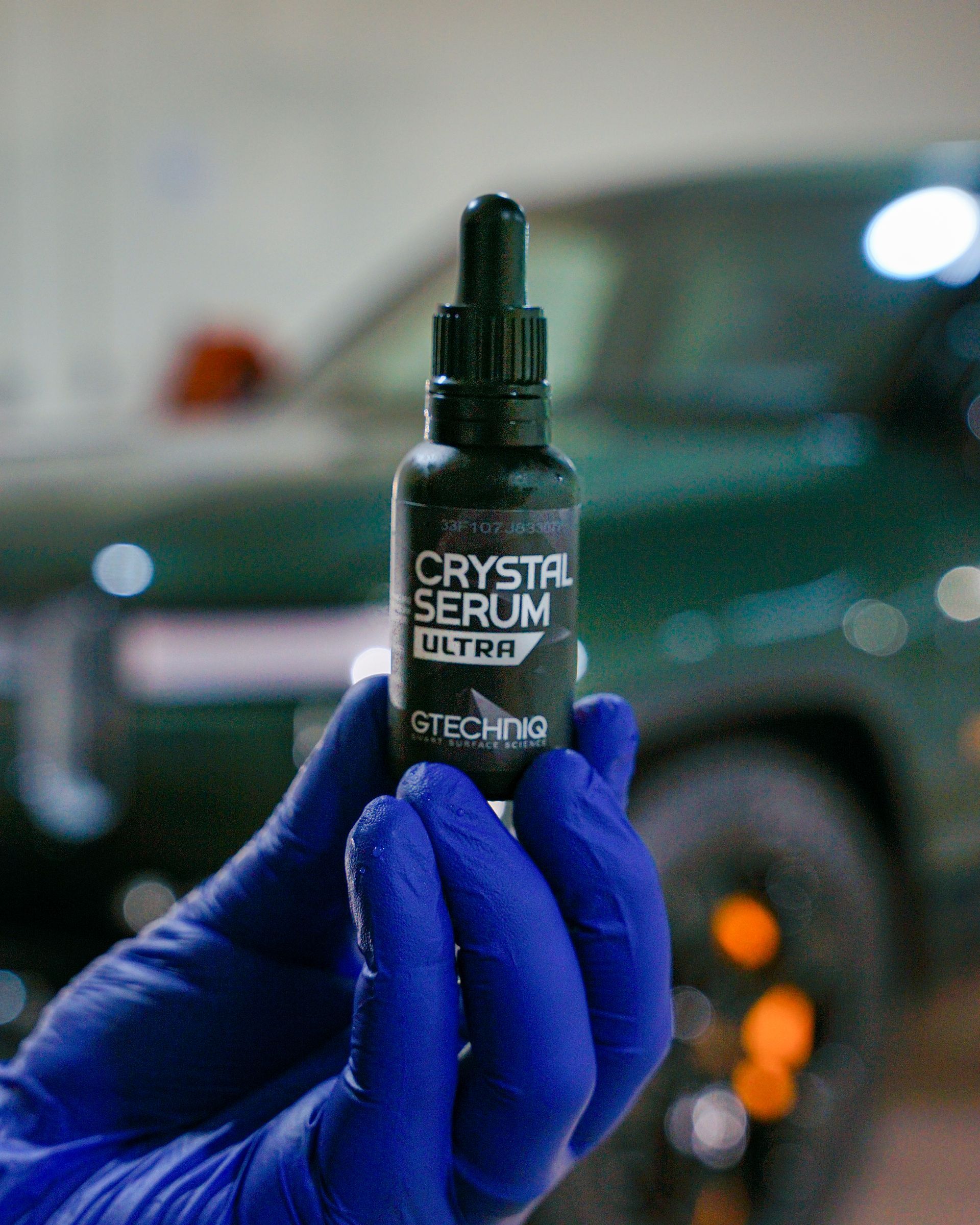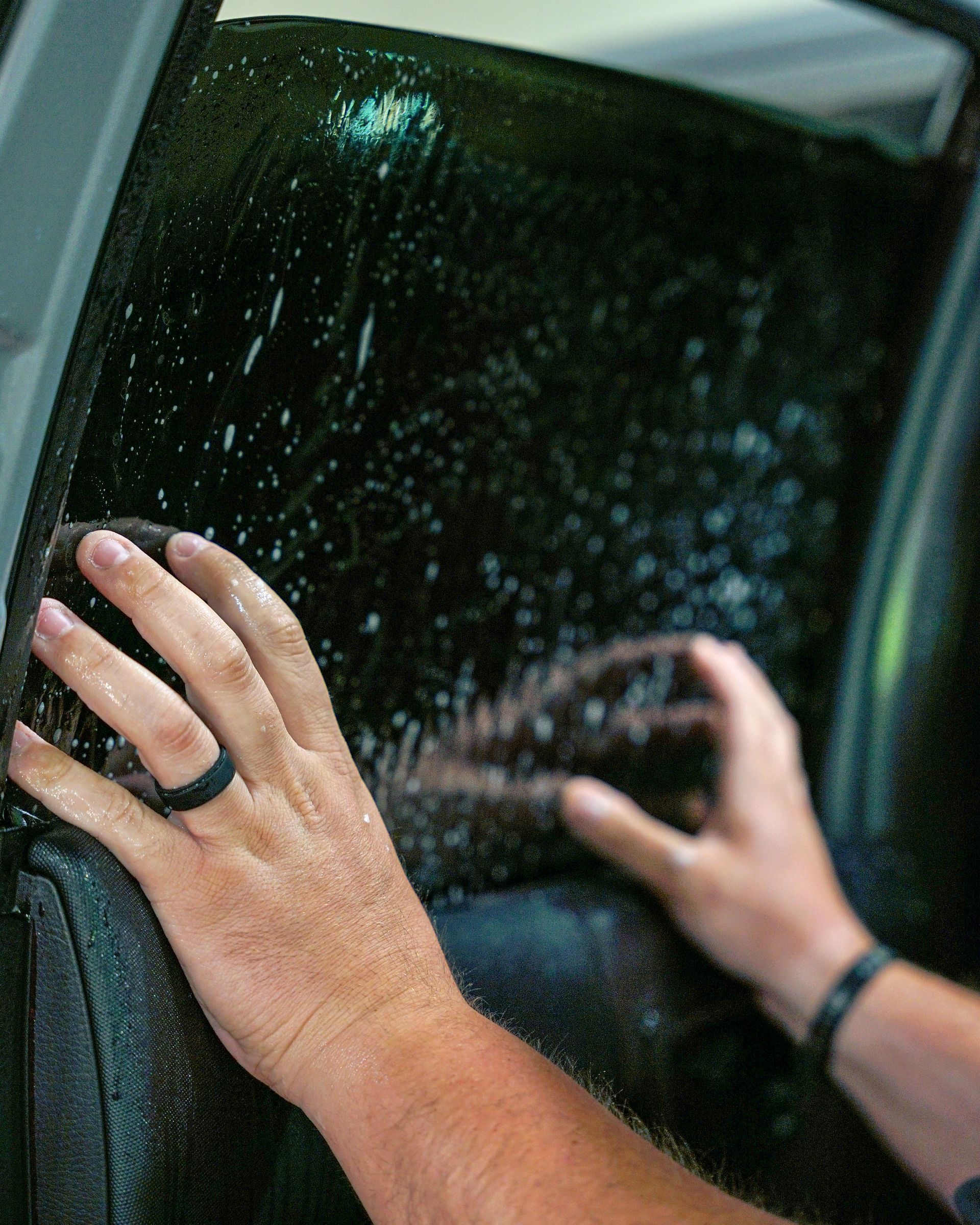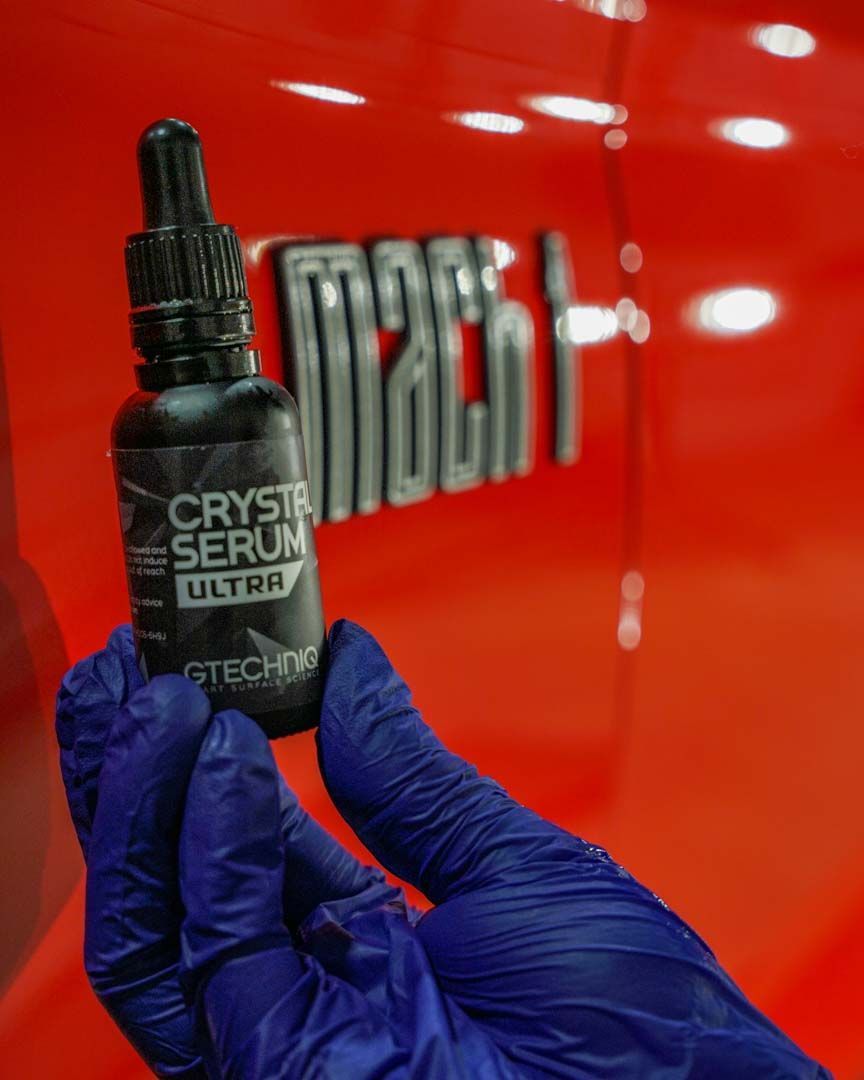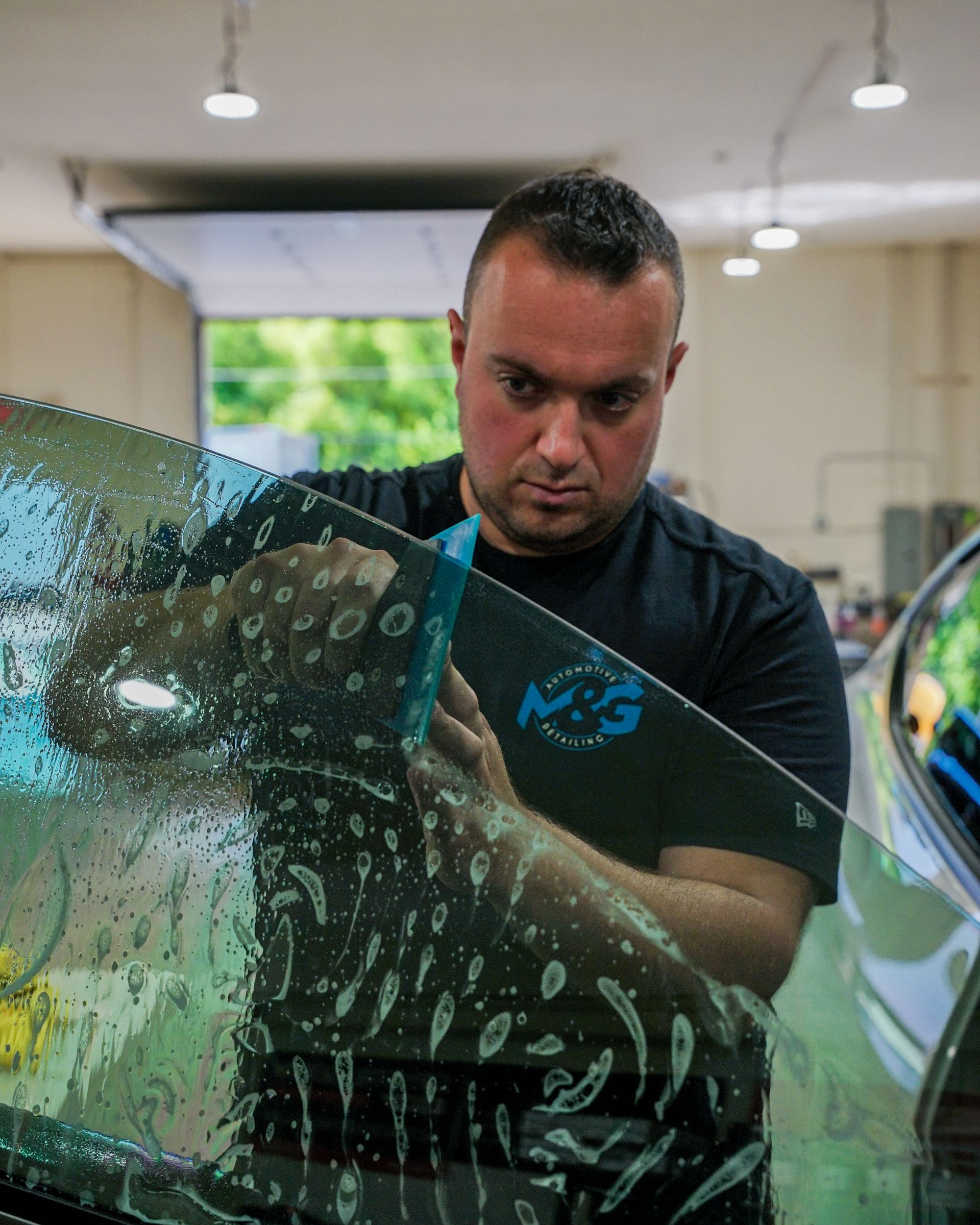The Benefits of Ceramic Coating for Exotic Cars: Protecting Your High-End Investment
Unleashing the sheer power and feel of an exotic car means more than casual encounters with speed and style; it means a significant investment that demands optimal protection. Over recent years, ceramic coatings have revolutionized the way we care for these impressive road beasts. As elegant as your high-end vehicle are the advantages of opting for a ceramic coating: heightened aesthetics, preserved resale value, and lower maintenance costs. This post delves into why ceramic coating could be the protective cloak your luxury ride needs, preparing you for a journey that perfectly blends flair, function, and financial intelligence.
Ceramic coating provides long-lasting protection against dirt, grime and other environmental contaminants. It also keeps the car looking new by maintaining its shine. Additionally, ceramic coating requires less frequent reapplication than traditional waxes and sealants, making it a worthwhile investment for owners of high-end vehicles. At M&G Automotive Detailing, our detailing service and expert advice can help you choose the right ceramic coating for your exotic car to ensure it stays in top condition for years to come.
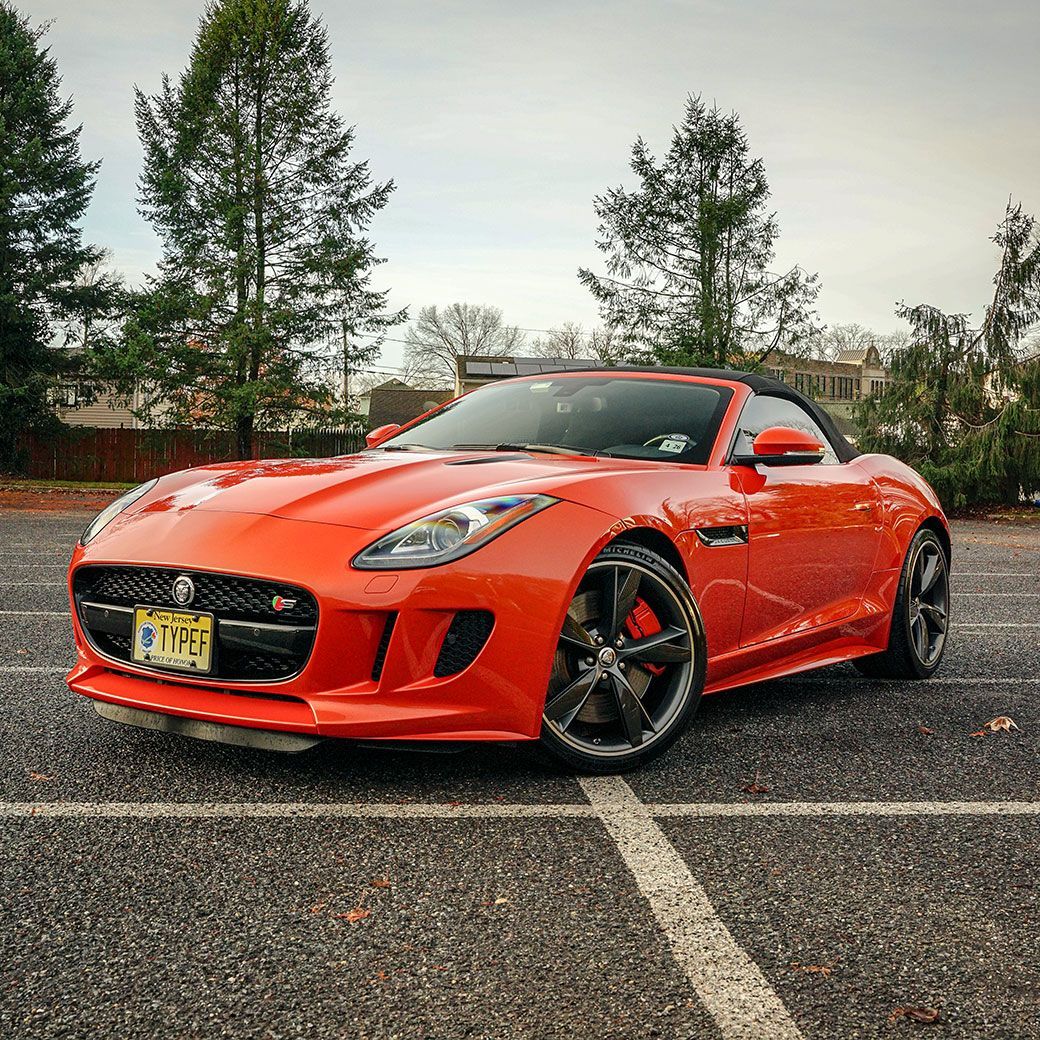
Applying Ceramic Coating to Exotic Cars
Owning an exotic car is a dream come true for many automobile enthusiasts. These high-end investments require the best possible protection to maintain their beauty and value over time. That's where ceramic coating comes into play. This innovative solution provides a long-lasting shield against dirt, grime, and other environmental contaminants, ensuring that your vehicle maintains its showroom-like appearance year after year.
Applying ceramic coating to your exotic car involves a meticulous process that requires attention to detail. It is essential to start with a clean surface, free from any contaminants or imperfections. Thoroughly wash the vehicle and use clay bar treatment to remove any embedded dirt or pollutants. This step ensures that the ceramic coating adheres properly to the paintwork, maximizing its effectiveness. Next, it is crucial to correct any paint imperfections before applying the ceramic coating. This involves using polishing compounds and techniques to eliminate swirl marks, scratches, or other blemishes on the paint surface. Proper paint correction enhances the overall finish of your car and ensures that the ceramic coating can bond effectively to the clear coat.
Once the surface is clean and properly prepared, it's time to apply the ceramic coating. Using specialized applicators, carefully spread the coating onto the paintwork in even and overlapping motions. Before adding additional layers, allow the coating to cure for the amount of time the manufacturer recommends. It's important to note that proper application techniques and sufficient cure time are critical for achieving optimal results with ceramic coating. Additionally, seeking professional assistance or guidance when applying ceramic coating can help ensure that you get the best outcome for your investment.
Proper Vehicle Paint Maintenance
The ceramic coating acts as a shield for your exotic car, protecting it from various external factors. However, it's still crucial to practice proper maintenance to ensure that your investment remains in pristine condition. Here are some essential tips for maintaining the paintwork on your vehicle:
- Regular Washing: Regularly washing your car helps remove dirt, dust, and other contaminants that may accumulate on the surface. Use a pH-neutral car shampoo and a soft microfiber wash mitt to avoid scratching the paint. Rinse thoroughly and dry with a clean, lint-free cloth or a drying aid.
- Avoid Abrasive Cleaning Techniques: Harsh scrubbing or abrasive materials can damage the ceramic coating and scratch the paint. Be cautious when using automatic car washes or brushes that may have bristles that could harm the protective layer. Opt for handwashing whenever possible.
- Use Quality Detailing Products: When cleaning or maintaining your vehicle's paintwork, opt for high-quality detailing products specifically designed for ceramic-coated surfaces. These products are formulated to be gentle yet effective in preserving and enhancing the protective properties of the ceramic coating.
- Regular Inspections: Periodically inspect your car's paintwork to identify any areas where the coating may have worn off or been damaged. Address these areas promptly by seeking professional touch-up services or applying additional layers of ceramic coating as needed.
By following these practices diligently, you can ensure that your exotic car retains its showroom-like appearance and protection for an extended period. Remember, proper vehicle paint maintenance is key to maximizing the benefits of ceramic coating and preserving the value of your high-end investment.
Prolonged Protective Characteristics of Ceramic Coatings
Ceramic coatings provide long-lasting protection for exotic vehicles, surpassing the advantages offered by traditional car waxes and sealants. Once applied, ceramic coatings create a shield that protects the vehicle's exterior from environmental hazards like UV rays, dirt, grime, and chemical contaminants. Additionally, ceramic coatings offer hydrophobic properties, causing water to bead on the surface and effortlessly slide off, taking any accumulated dirt or droplets along with it.
By reducing the ability of contaminants to adhere to the surface, regular cleaning becomes easier and less time-consuming. Drying after washing becomes simpler as the water simply rolls off without leaving streaks or water spots. This not only saves time but also reduces the risk of damaging the delicate paintwork during drying. Ceramic coatings truly provide unmatched long-term protection and enhance the aesthetics of high-end investment cars. In comparison to traditional car protection methods, their benefits are undeniable.

Ceramic Coating Versus Traditional Car Protection Methods
When it comes to protecting your high-end investment, such as an exotic car, using the right car protection method is crucial. In this section, we will explore the key differences between ceramic coating and traditional car protection methods.
Traditional car protection methods often involve waxing or sealing the vehicle's surface. While these methods offer a temporary layer of protection, they typically do not last as long as ceramic coatings. Wax can wear off quickly due to exposure to elements like sunlight, rain, and dirt, requiring frequent reapplication. On the other hand, ceramic coatings provide a longer-lasting and more durable solution for car protection. They are composed of nanotechnology and create a chemical bond with the vehicle's paintwork. This bond creates a hydrophobic and protective layer that shields the car from various contaminants, such as UV rays, dirt, acid rain, and bird droppings. In terms of cost, traditional car protection methods may seem more affordable initially since waxing products are readily available at lower prices. However, considering their limited lifespan and constant need for reapplication, the costs can add up over time.
When it comes to achieving a high-gloss, vibrant shine on your exotic car, ceramic coatings outshine traditional car protection methods. Ceramic coatings provide an unparalleled level of shine and depth to the vehicle's paintwork. This is because they form a semi-permanent bond with the surface, creating a smooth and reflective finish that enhances the appearance of the car. The hydrophobic properties of ceramic coatings also contribute to their visual appeal by repelling water and maintaining a clean, glossy look.
In terms of durability, ceramic coatings reign supreme. Unlike wax or sealants that offer temporary protection, ceramic coatings create a robust barrier against environmental contaminants. They can withstand harsh environmental contaminants, UV rays, and chemicals better than traditional methods.
Trusted Ceramic Coating Service in Moorestown, NJ
If you own an exotic car in Moorestown, NJ, protecting your high-end investment is paramount, and M&G Automotive Detailing is here to make it happen. Our trusted ceramic coating service is your key to preserving the impeccable finish of your prized vehicle. Say goodbye to worries about dirt, dust, UV rays and other environmental contaminants. Choose M&G Automotive Detailing today to experience the unparalleled benefits of ceramic coating. Elevate your exotic car ownership to new heights and ensure it stays as stunning as the day you brought it home. Schedule your appointment now and let us redefine the way you protect and cherish your automotive masterpiece. Your exotic car deserves nothing less than the best, and we're here to deliver it!
